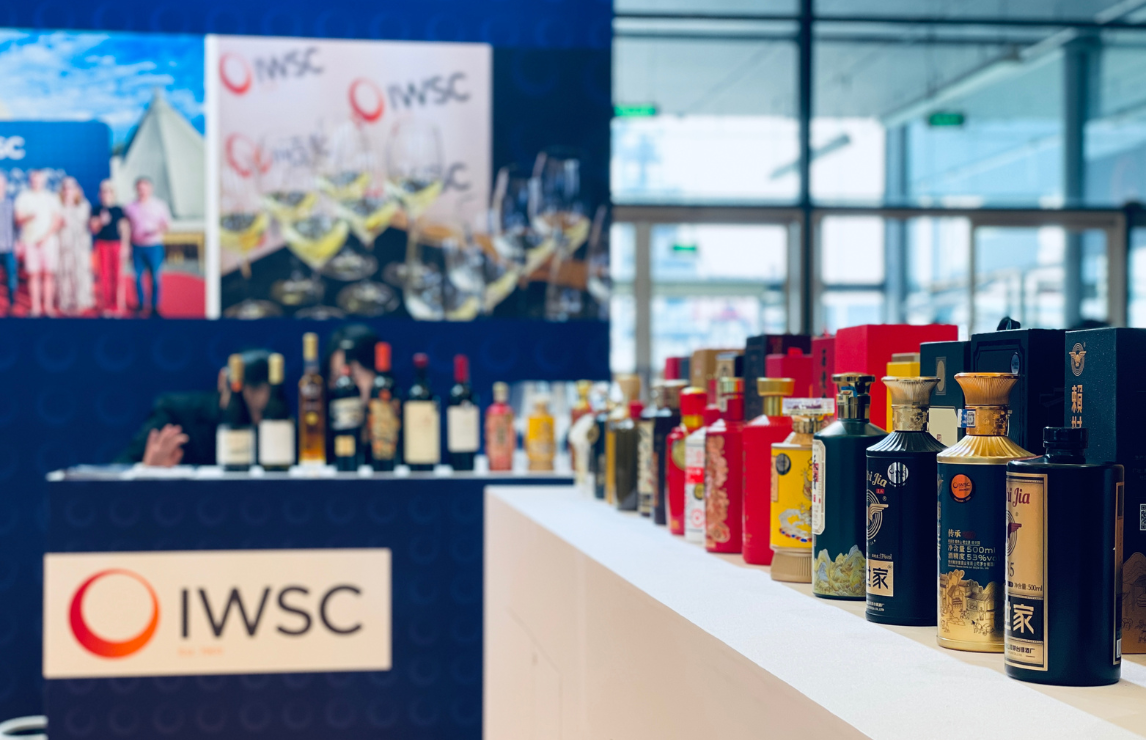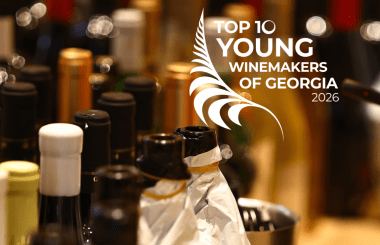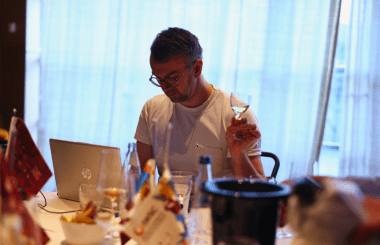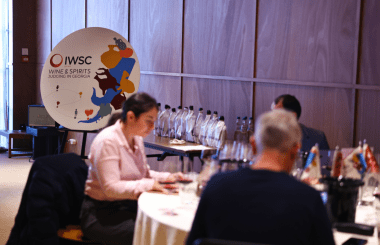Inside ProWine Shanghai
Josh Gu reveals what happens when 80% international exhibitors meet China's most dynamic buyers - and why missing it might be your biggest mistake
Trade shows can feel interchangeable - identical booths, predictable conversations, business cards exchanged with practised efficiency. ProWine Shanghai breaks this mould through a deliberate formula that Josh Gu, Project Director, describes as "international + local." It's a balance that sounds simple but proves remarkably difficult to achieve: 80% of exhibitors arrive from major global wine-producing countries, whilst the remaining 20% represent Chinese importers and leading domestic producers.
This isn’t accidental. After more than a decade building the show since its 2013 inception, Gu has watched this equilibrium create something unique in the trade show landscape – a genuine marketplace where global ambition encounters Chinese market reality.
The Quality Equation
What distinguishes ProWine Shanghai is calibration. "Quality of exhibitors, quality of buyers and quality of services," Gu emphasises, ticking off the three pillars that separate serious trade platforms from glorified wine fairs.
Backed by ProWein's global network, the show delivers cutting-edge insights whilst gathering "some of the most active and influential buyers and speakers in the Chinese market." The result is what Gu calls "a truly high-level environment for knowledge-sharing and business decisions."
This year’s exhibitor composition tells its own story about market evolution. Germany has grown to become the largest national pavilion, even surpassing traditional powerhouses France and Italy. Their strength lies in representative white grape varieties like Riesling and Sauvignon Blanc - a direct reflection of China’s shifting product demand away from the red-wine dominance that characterised earlier market phases.
Regional Sophistication
Perhaps more telling is Spain’s approach. Rather than presenting a monolithic national face, at least four Spanish sub-regions are participating individually - Castilla y León, Toro, La Mancha and Catalonia. "This level of regional detail is rare in other Chinese shows," Gu notes, "and directly reflects the growing sophistication of Chinese consumers, who are eager to explore not just 'Spanish wine,' but specific terroirs and distinctive styles."
This granular approach signals a maturing market where provenance matters, where consumers seek stories beyond broad national categories. For producers, it represents both opportunity and challenge - the chance to differentiate through specificity, but the need to articulate their unique positioning as clearly as possible.
The Comeback Story
Beyond the exhibition floors and masterclasses, ProWine Shanghai operates as a sophisticated matchmaking operation. Each year, Gu’s team specially invites over 500 VIP buyers with clear procurement intentions – a targeted approach that allows exhibitors to achieve "tangible business outcomes much more efficiently."
For those tracking market momentum, Gu highlights Australia’s remarkable resurgence following tariff removal. "In early 2024, Australian wine imports surged by 1,693% in volume and 6,866% in value, accounting for more than half of China’s total imported wine value," he reveals. It’s a powerful rebound that demonstrates how quickly market conditions can shift - and how prepared producers can capitalise when they do.
Alongside international recoveries, domestic success stories are emerging. China’s Yunnan region, particularly Shangri-La, is "showing strong potential and emerging as one of the most exciting new highlights of the domestic market." Read our first interview with Josh Gu to find out what other insights ProWine Shanghai's Project Director shared on China's wine market.
The Preparation Paradox
Gu’s advice for exhibitors reflects a fundamental truth about Chinese business culture: preparation matters more than spontaneity. "Pre-show outreach is essential - buyers’ schedules fill quickly, and without prior contact, your stand may be missed."
He advocates for tailored activities - small, customised tastings around core products or target markets. But perhaps his most intriguing observation concerns newcomers: "Many attendees are newcomers to the industry, without fixed loyalties to brands or regions. This is the perfect time to capture their attention and build partnerships early."
For established producers accustomed to working with long-term partners, this represents a different kind of opportunity - the chance to build relationships from the ground up rather than attempting to displace existing loyalties.
The Momentum Play
When pressed for a single reason to attend, Gu’s response cuts through market uncertainty to focus on fundamentals: "Confidence in China's potential. Despite global headwinds, the Chinese market retains the capacity to become the world's largest single wine market over time."
It’s a long-term perspective that acknowledges short-term volatility whilst maintaining focus on the underlying opportunity. "Fresh partners are entering," he adds. "A new wave of buyers is investing for the long term."
For producers weighing their China strategy, ProWine Shanghai represents a window into a market in transition, where new relationships are forming and old assumptions are being challenged. The question isn’t whether China’s wine market will continue evolving - it’s whether you’ll be positioned to benefit when it does.
ProWine Shanghai 2025 is scheduled for 12–14 November 2025 at the Shanghai New International Expo Centre (SNIEC).



